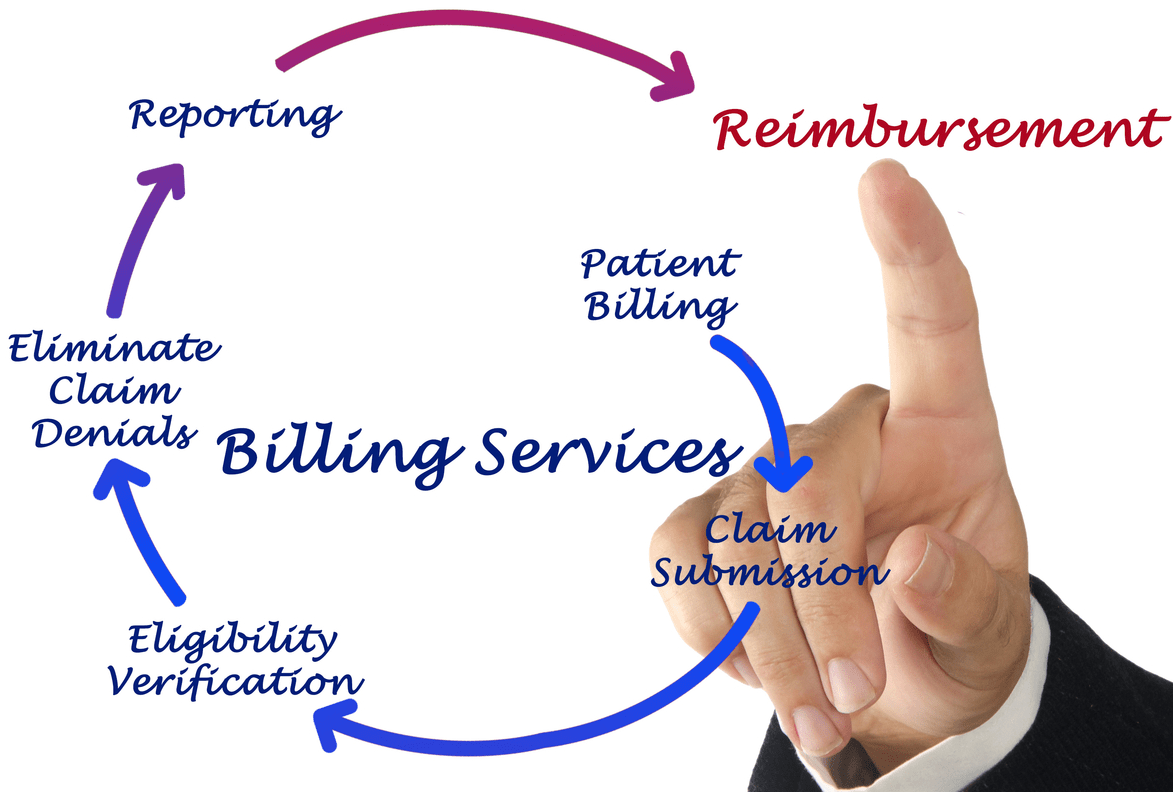Content Attributes
Healthcare is one of the most important industries in the world, and software plays a big role in making it work. Here are some of the top ways that software is used in healthcare:
1. Electronic health records (EHRs): EHRs are the digital version of a patient’s medical history. They include everything from demographics to medications and allergies. EHRs help healthcare providers keep track of a patient’s progress and make informed decisions about their care.
2. Practice management systems: Practice management systems help healthcare providers manage their businesses. These systems can handle everything from scheduling to billing and collections. Practice management systems help providers run their practices more efficiently and improve patient care.
3. Hospital management systems: Hospital management systems are similar to practice management systems, but they are designed specifically for hospitals. These systems help hospital staff keep track of patients, manage resources, and coordinate care.
4. Electronic prescribing: Electronic prescribing (e-prescribing) is a way for healthcare providers to send prescriptions electronically to pharmacies. This helps reduce errors and improve patient safety.
5. Clinical decision support: Clinical decision support systems help healthcare providers make better decisions about patient care. These systems use data from EHRs and other sources to provide recommendations about diagnostic tests, treatments, and medications.
6. Population health management: Population health management (PHM) is a way to improve the health of a population by using data to identify and track health trends. PHM systems can help identify at-risk populations and design interventions to improve their health.
7. Telemedicine: Telemedicine is the use of technology to deliver medical care remotely. It can be used for things like consults, diagnosis, and treatment. Telemedicine can improve access to care, especially for rural and underserved populations.
8. Health information exchange: Health information exchange (HIE) is a way to electronically share patient health information between healthcare providers. HIE helps improve coordination of care and can make it easier for providers to access the information they need when they need it.
9. Personal health records: Personal health records (PHRs) are digital records that patients can use to track their own health information. PHRs can include things like allergies, medications, and test results. PHRs can help patients manage their own health and make better-informed decisions about their care.
10. Data analytics: Data analytics is the process of analyzing data to extract insights. In healthcare, data analytics is used to improve patient care, identify trends, and support decision-making. Data analytics can be used to improve population health, identify at-risk patients, and design interventions.
Healthcare is a complex industry, and software development in healthcare plays a vital role in making it work. These are just some of the ways that software is used in healthcare. As healthcare continues to evolve, so too will the role of software in its operation.
What’s more?
- Increasingly, healthcare organizations are turning to software development in order to improve patient care.
- By developing custom applications and software solutions, these organizations are able to automate tasks and processes, resulting in improved efficiency and quality of care.
- In addition, by leveraging data analytics capabilities, healthcare organizations can gain valuable insights into trends and patterns that can help improve patient outcomes.
- Ultimately, the goal is to use software development to create a more streamlined and effective healthcare system that can better meet the needs of patients.
- While there are many challenges associated with this approach, healthcare organizations that are able to successfully implement it can reap significant benefits.
The role of software in healthcare
Healthcare software must meet strict standards. It must be able to handle large amounts of data and be secure. In addition, healthcare software must be easy to use. Doctors and other medical professionals need to be able to quickly find the information they need.
There are many different types of healthcare software. Some examples include electronic health records (EHR) systems, practice management software, and hospital information systems (HIS). EHRs are used to store patient medical records. Practice management software is used to manage a medical practice. HISs are used by hospitals to track patient care and manage finances.
Selecting the right healthcare software can be a daunting task. There are many factors to consider, such as cost, features, and compatibility. In addition, you need to make sure that the software you select will meet your future needs.
Working with a reputable healthcare software vendor is essential. They can help you select the right software for your needs and budget. In addition, they can provide training and support.
Software plays a vital role in healthcare. It is used to manage patient records, schedule appointments, and bill insurance companies. In addition, software is used to develop new treatments and drugs. Without software, healthcare would be a very different industry.
Software development is playing an increasingly important role in healthcare. By creating custom applications and software solutions, healthcare organizations are able to improve patient care in a variety of ways. From streamlining administrative tasks to providing better access to information, software development is helping healthcare organizations provide better care for their patients.
Healthcare organizations are using software development to improve patient care in a variety of ways. One way is by creating custom applications that streamline administrative tasks. This can free up time for healthcare professionals so they can focus on providing direct patient care. In addition, custom applications can also help healthcare organizations keep track of important data and information. By having this information readily available, healthcare professionals can make better decisions about patient care.
Another way that healthcare organizations are using software development to improve patient care is by providing better access to information. By developing custom software solutions, healthcare organizations can give their patients and families better access to the information they need. This can include everything from medical records to appointment schedules. Having this information readily available can help patients and families make better decisions about their care.
Software development is playing an increasingly important role in healthcare. By creating custom applications and software solutions, healthcare organizations are able to improve patient care in a variety of ways. From streamlining administrative tasks to providing better access to information, software development is helping healthcare organizations provide better care for their patients.
How to choose software for healthcare?
When it comes to choosing software for healthcare, there are a few key factors to consider. The first is whether the software is HIPAA compliant. This means that it meets all of the security and privacy requirements set forth by the Health Insurance Portability and Accountability Act. If the software is not HIPAA compliant, it could put patient data at risk.
Another factor to consider is whether the software is Meaningful Use compliant. Meaningful Use is a set of standards established by the Centers for Medicare and Medicaid Services that dictates how electronic health records should be used in order to improve patient care. If a piece of healthcare software is not Meaningful Use compliant, it may not be able to be used in certain ways or may not be eligible for certain incentive programs.
Finally, it is important to consider the functionality of the software. Does it have all of the features that you need? Is it easy to use? Will it integrate well with other systems? These are all important questions to ask before making a final decision.



